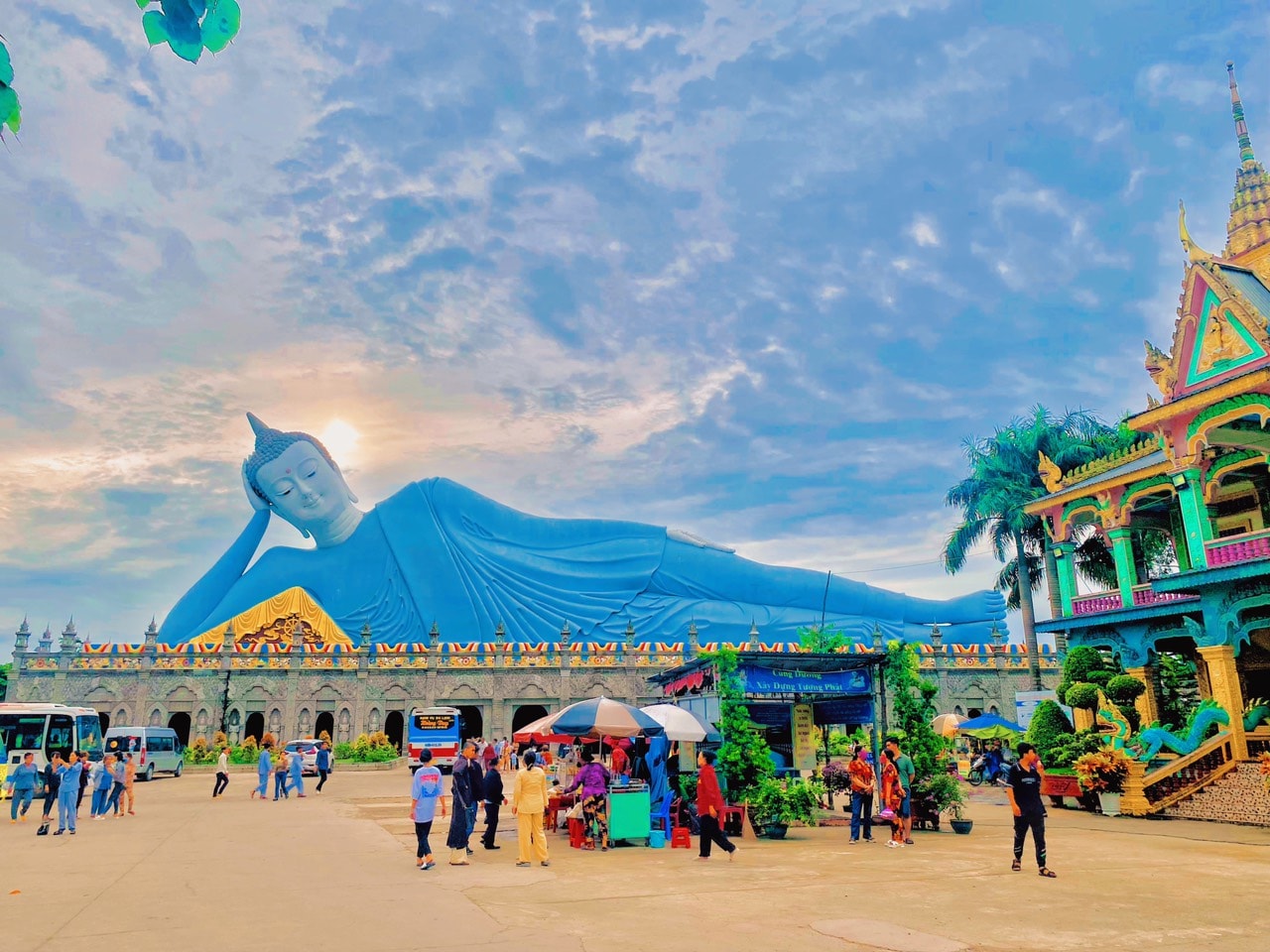
Heritage from a hundred years
According to a recent incomplete statistic (due to continued construction), Tra Vinh province currently has about 150 Khmer pagodas, making this locality one of the places with the most "golden pagoda" architectural works. In addition, in Soc Trang, Bac Lieu or An Giang... there are also hundreds of other pagodas forming a very special architectural complex. Among them, there are many famous pagodas, located in the urban center and have become attractive tourist destinations for many visitors, but there are also many pagodas located in rural areas that are little known.
But no matter what, the common point of these architectural works is the high pointed spire pointing to the sky and a dominant bright yellow color creating a majestic and brilliant look. Many of these pagodas, with an age of several hundred years, are not simply spiritual places associated with Buddha Shakyamuni but also cultural, living and studying spaces as well as the quintessence of architecture and art... of the Khmer community. Up to now, many pagodas have been recognized by the State as National-level architectural and artistic works such as Ang Pagoda, Hang Pagoda, Roi Pagoda, Met Pagoda, Xiem Can Pagoda...
The most famous and full of the quintessence of Khmer architecture is probably Hang Pagoda (in Khmer, Kompong Chray), a 350-year-old pagoda located along Highway 54, passing through Chau Thanh town (Chau Thanh district, Tra Vinh). The pagoda is only about 5 kilometers from Tra Vinh city, so it is known by many people, including foreign tourists. According to the Khmer people here, Hang Pagoda was built and underwent many renovations due to time and war. Currently, the pagoda is not too large in scale compared to other pagodas because the current architecture was built and kept almost intact since around 1977.
The most prominent feature of the pagoda is the deep arched gate like three caves, including two side caves and a main cave in the middle. In fact, it is an arched wall about 12 meters wide, so it looks like a cave. These cave-shaped gates were built extremely solidly according to the ancient architecture of the Khmer people. That is also the reason why local people call it Hang Pagoda. Past the cave gate are rows of trees and gardens of tall, green ancient trees typical of most Khmer pagodas. Next, the main hall of the pagoda is located in a building with a fairly high foundation because many locals say that hundreds of years ago, in front of the main hall there was a small river but now it has been filled in. Although the scale is not large, the main hall of Hang Pagoda still exudes a majestic, ancient look thanks to its brilliant yellow color and many large and small statues of Buddha Shakyamuni. The most special thing about Hang Pagoda is a wood carving workshop of Khmer artisans in the area. Therefore, the pagoda also has many beautiful wooden sculptures that attract visitors from all over the world.
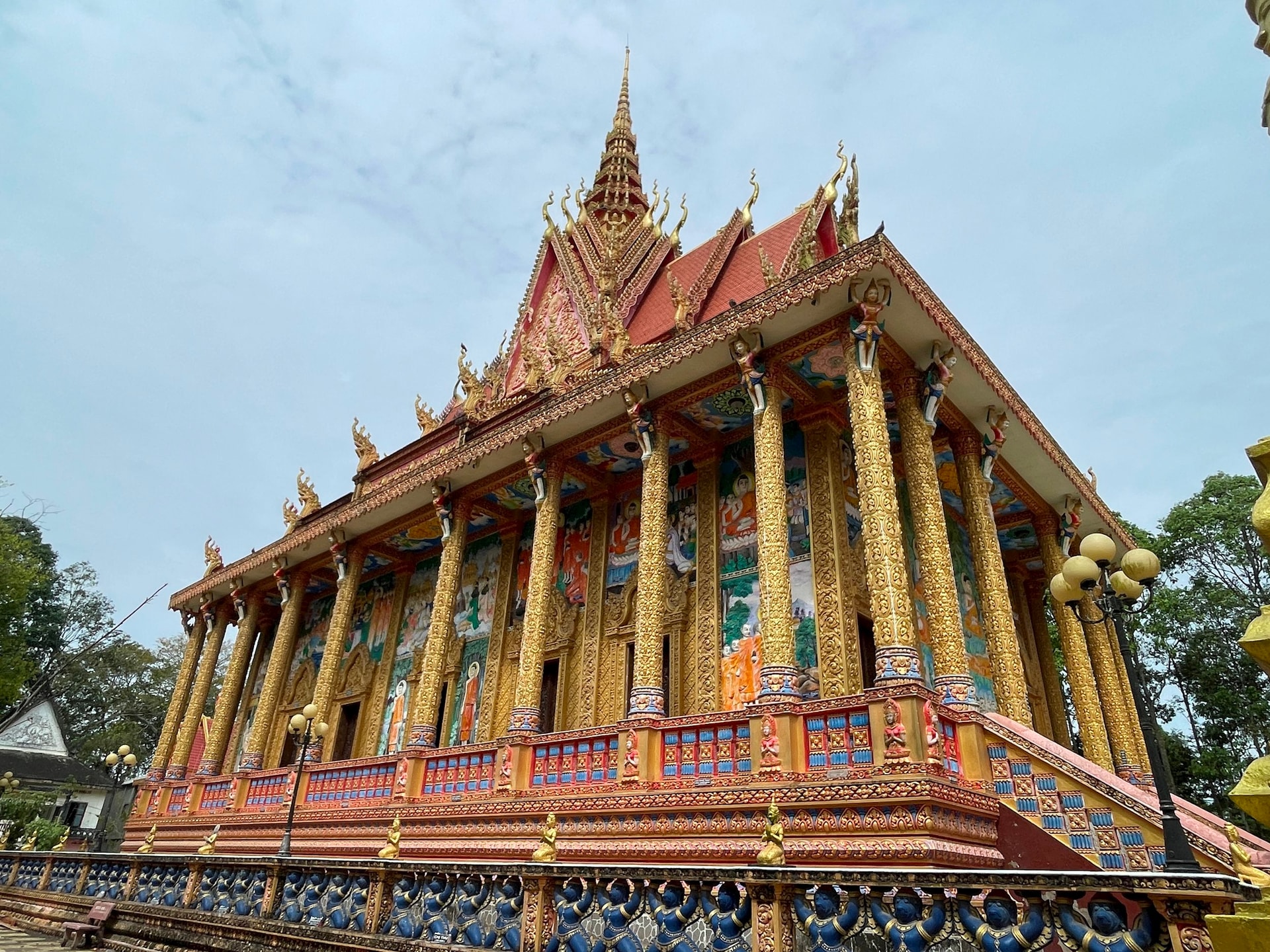
Nearly 10 kilometers away, also located in Chau Thanh district (Tra Vinh province), is a unique and different Khmer pagoda, KnongSrok pagoda, located along National Highway 53, passing through Hoa Loi commune. The pagoda stands out because it is located on National Highway 53 and has a row of delicately cast human statues in typical Buddhist costumes on alms round. The statues are mainly yellow, the size of adults with peaceful faces, lined up next to the row of tall, ancient trees right in front of the pagoda gate, giving people a peaceful, gentle feeling even though it is along the national highway. The campus of KnongSrok pagoda is quite large, also including a turmeric yellow main hall with high pointed spires and a Buddha statue, a Naga snake statue with 9 heads in Khmer culture. It is worth mentioning that the pagoda is still being built and decorated with other items to serve the living, religious, and educational needs of the Khmer community in the area.
But the most famous and oldest in Tra Vinh is Ang Pagoda located in the center of Tra Vinh city, belonging to the Ao Ba Om relic complex. According to some records, Ang Pagoda has a history of about 1,000 years, being one of the oldest pagodas in the Mekong Delta. However, in the early days, most of it only existed in records and stories. The basic architecture of Ang Pagoda was mainly built during the reign of King Thieu Tri and then continued to be restored and expanded many times until today. Currently, Ang Pagoda is located in a large campus with many ancient trees that are hundreds of years old, which are also "living witnesses" associated with the pagoda and pond complex. In addition to its long history, Ang Pagoda's architecture is also extremely unique with the main yellow color, present in all items in the pagoda. In particular, the sculptures, Buddha paintings, and Buddha relics at Ang Pagoda have an exchange with sculptures from the Indian and Thai communities... showing the exchange and understanding from a long time ago of the Khmer community when building the pagoda.
Currently, the largest and most typical cultural activities of the Khmer community in the Southwest are held at the Ang Pagoda and Ao Ba Om complex. Notably, the Ok Bom Bok festival (also known as the Moon Worshiping Festival) attracts tens of thousands of visitors from all over the world. In recent years, Tra Vinh province has even organized a local Cultural-Tourism Week coinciding with this festival to introduce the culture and landscape of Ang Pagoda and Ao Ba Om to the tourist community from all over. This shows the importance of the pagoda and Khmer culture in the community and tourism of this province.
The “golden pagodas” are not only in Tra Vinh but also appear in many other localities in the Mekong Delta, concentrated in Bac Lieu and Soc Trang. In Soc Trang province, many Khmer pagodas with yellow architecture, interwoven with yellow, have become prominent tourist destinations known to many people such as Chen Kieu Pagoda, Doi Pagoda, Som Rong Pagoda, etc.
In which, Som Rong Pagoda located in the center of Soc Trang city is truly a splendid and special architectural work. The pagoda is located in a large campus with a gate decorated with yellow towers, the main hall of the pagoda is also yellow with characteristic pointed peaks. However, the biggest highlight of the pagoda is the large yard area with the image of a statue of Buddha Sakyamuni entering nirvana lying on his side, extremely peaceful and beautiful, creating a very special space. According to some records, the statue is 63 meters long, 22.5 meters high and located on a 28 meter high building, making anyone standing in front of it overwhelmed.
Although the statue is emerald green and pale white, the main color of the Som Rong pagoda complex is still bright yellow, especially at dawn or dusk, making the pagoda even more special. This is probably also one of the most magnificent architectural works of the Khmer community in the Mekong Delta.
It can be said that, with the strong promotion of the internet, the Khmer pagodas in the Southwest today are truly cultural spaces, favorite destinations for tours and domestic and international tourist communities. To be fair, it can be seen that the scale, architectural and historical characteristics of these pagodas are not inferior to anywhere in the world.
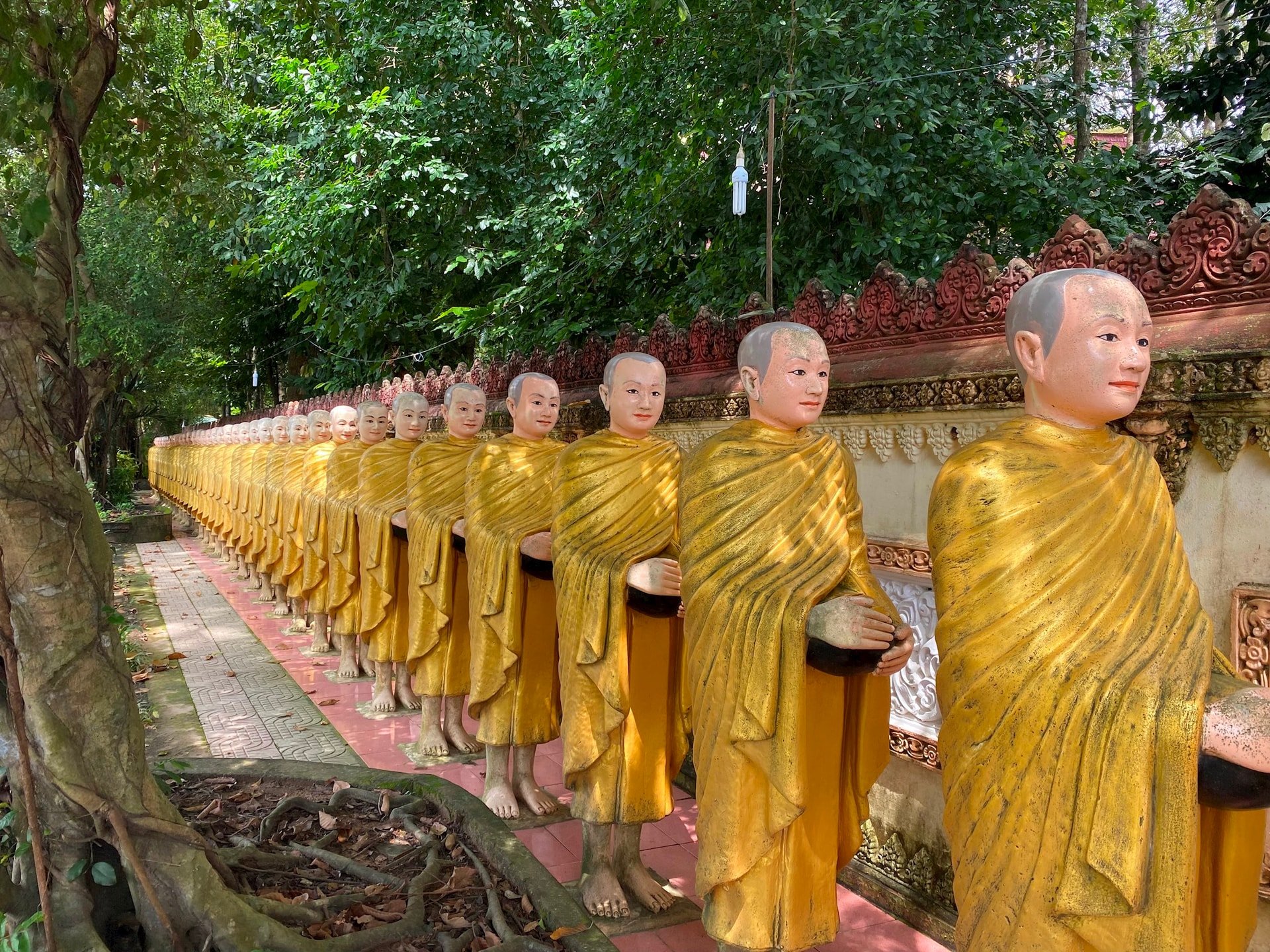
Preserving traditional essence
During the days of learning about Khmer pagodas in the Southwest region, we realized that there are not only famous pagodas, ranked as relics or visited by many tourists, but also hundreds of other pagodas with unique features, bearing the mark and identity of the Khmer people in smaller residential areas. That is the solid architecture with tall columns, sharp spires reaching straight up to the sky with a bright, warm color scheme with yellow being the most basic. Almost all large pagodas of the Khmer community have main halls painted yellow, or orange-yellow, dark yellow... In addition, Khmer artisans also use mixed yellow to create other colors and then decorate the pagodas, motifs or other parts of the pagoda so that they create a harmonious overall picture of color.
Mr. Thach Suon, a sculptor in Chau Thanh town (Chau Thanh district, Tra Vinh) said that pagodas always have yellow as the main color because in Khmer culture, yellow represents prosperity and wisdom. In addition, Khmer people also believe that yellow symbolizes Buddha, along with compassion and wisdom. This is also the color of the costumes of followers of Theravada Buddhism. In addition to the original yellow color, Khmer pagodas are also decorated by mixing yellow to create other colors. For example, orange (a mixture of yellow and red) symbolizes fire, liberation from suffering or green (a mixture of yellow and blue) ... symbolizes fertility and continuity.
According to Mr. Thach Suon, in addition to color, Khmer pagodas, whether large or small, are built according to strict rules, especially the main hall. Accordingly, the main hall is always built in the center of the pagoda grounds, next to the residential area, the study house, the burial area for the deceased, etc. The quintessence of architectural culture is expressed in the main hall with a length that is always twice the width, the height is always equal to the length, and the first roof floor is always equal to the body of the pagoda.
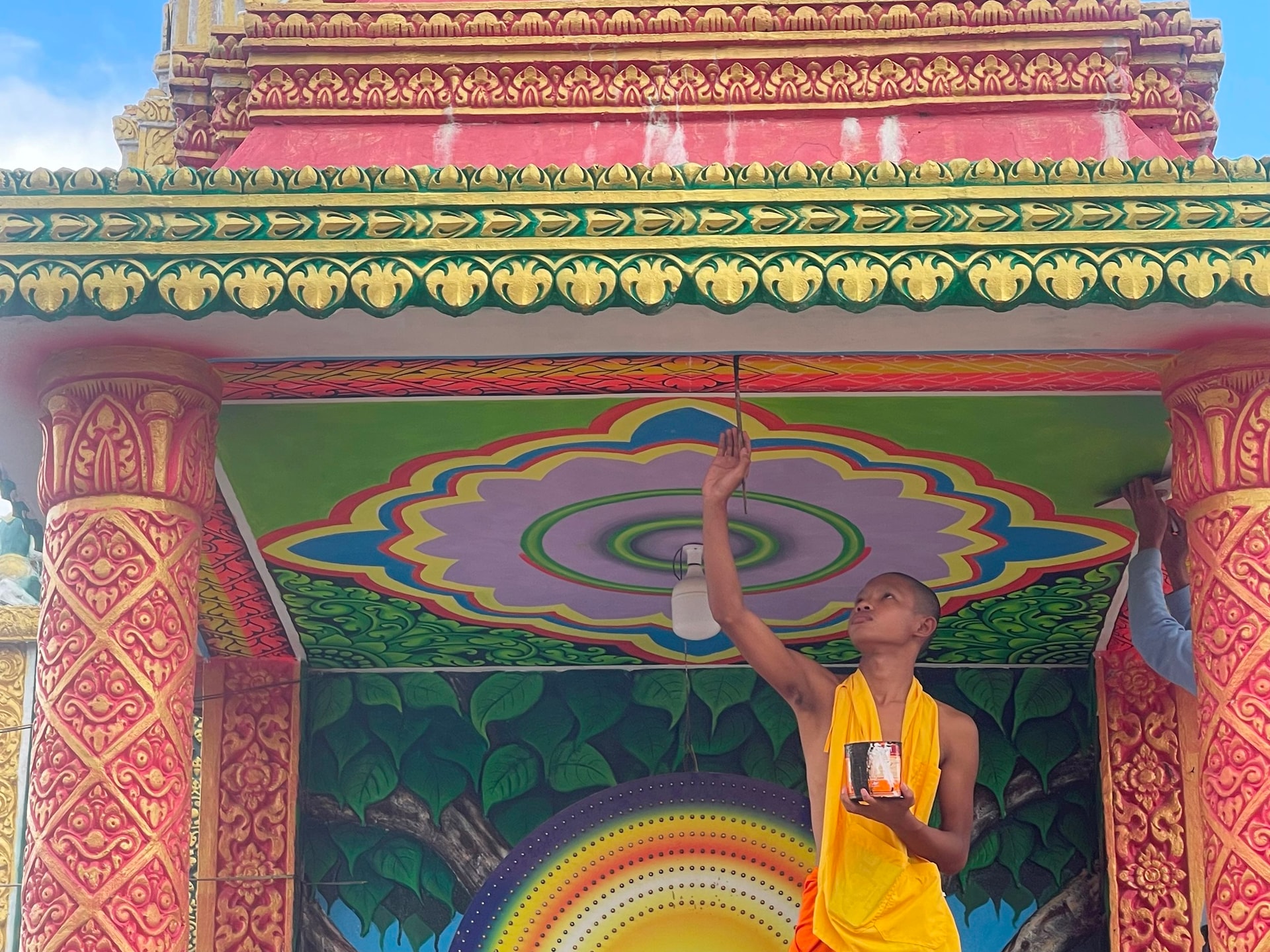
In addition, the main hall of the temple always faces the East because according to the concept of Southern Buddhism, Buddha Sakyamuni resides in the West, looking to the East to bestow blessings. In particular, regardless of the size, posture, or style, in Khmer temples, only one statue of Buddha Sakyamuni is worshiped. In addition to the size of the temple, parts such as the roof and porch are always built according to the standard of the triangle. Because according to the concept of the Khmer, the triangle is the perfection and certainty of nature and life, so the design details in the temple always have the harmonious appearance of triangular blocks, whether they are soaring up or gently sloping like domes.
Besides the edges and colors that represent culture and spiritual life, an indispensable thing in the temple complex is the star trees, oil trees, etc. planted around. Most Khmer temples were built when these trees were also planted. Therefore, many temples are as old as the rows of ancient trees in the temple, like a living witness passed down to the next generation.
In addition, Khmer pagodas also have a common outstanding feature of sophisticated, unique and vivid decorative motifs such as Naga snakes, kenar dancers, bird-headed human statues... expressing Buddhist views as well as profound philosophies of life. In particular, the 9-headed Naga snake is often built at the staircase area, walkways, entrances... with the meaning of warding off evil spirits and negative energy.
According to the Khmer people's concept, the Naga snake has many profound meanings such as the harmony between religion and life, humans and nature, between this world and the other world. The snake is also considered a challenge for monks on the path of religious practice with compassion to transform this dangerous animal. In addition, the Naga snake is also built with 3, 5 or 7 heads to symbolize different meanings in the life of the community.
In addition to the architecture and profound philosophy of life, most of the quintessence of the Khmer people is passed down to the next generation in these temples. Accordingly, in community and religious activities, young Khmer people will be passed down by their predecessors and often start the work by decorating the old items of the temple. That is the reason why when entering Khmer temples, people often see fresh colors because they are always re-decorated regularly.
It can be said that, with the vast delta region of rivers like the Southwest, Khmer pagodas are truly highlights, shining golden milestones in the quintessence of architecture, art and culture. It is not only limited to the living space of the Khmer community but also a common space, a destination for all people in many other places, contributing to the pride of the Khmer community in the common cultural picture of many other ethnic groups.


![[Photo] Workshop "Future for the Rising Generation" continues the profound value and strong message from the article of General Secretary To Lam](https://vstatic.vietnam.vn/vietnam/resource/IMAGE/2025/4/4/ec974c5d9e8e44f2b01384038e183115)
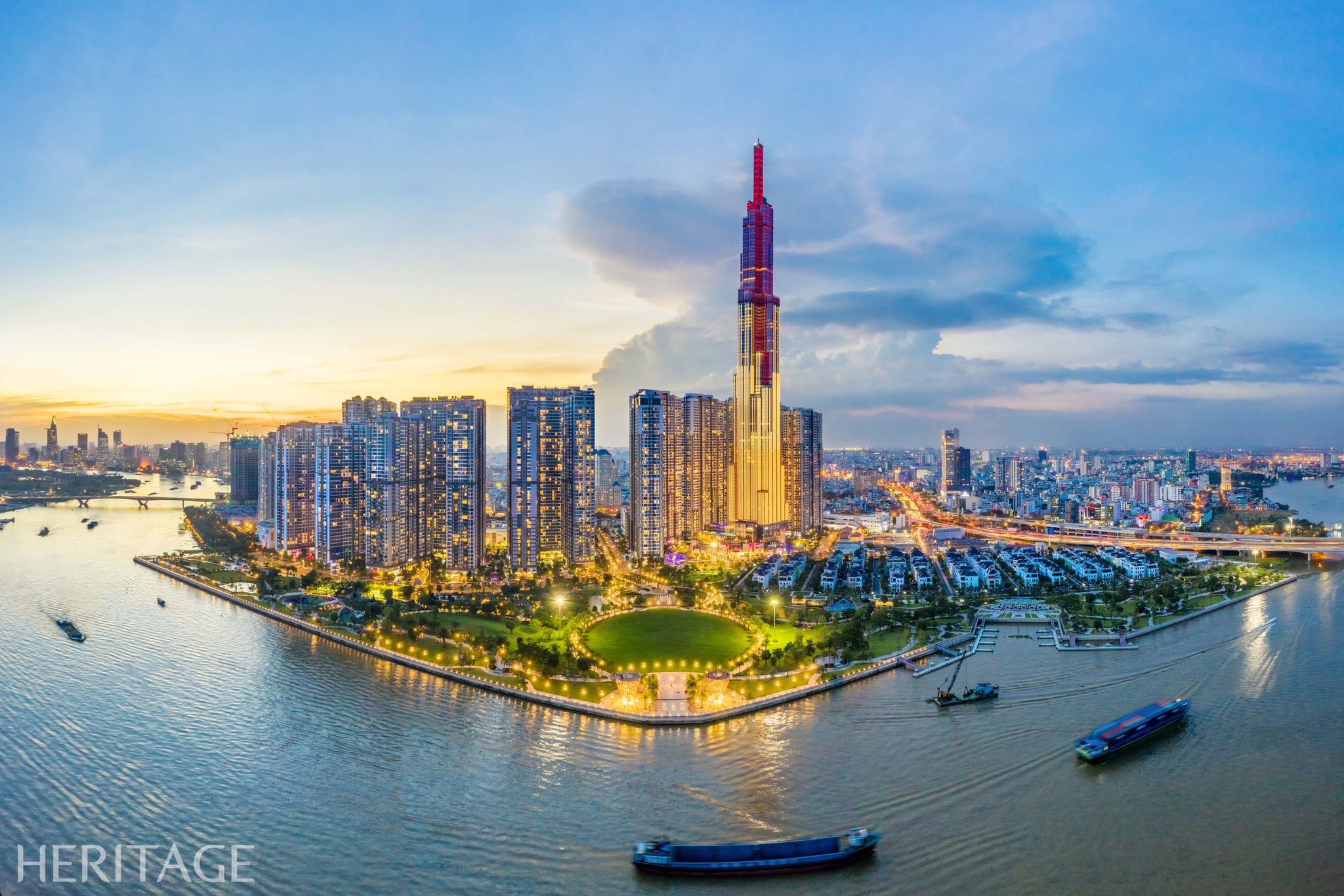
![[Photo] President Luong Cuong presides over the official welcoming ceremony for Burundian President Évariste Ndayishimiye](https://vstatic.vietnam.vn/vietnam/resource/IMAGE/2025/4/4/63ceadc486ff4138abe2e88e93c81c91)
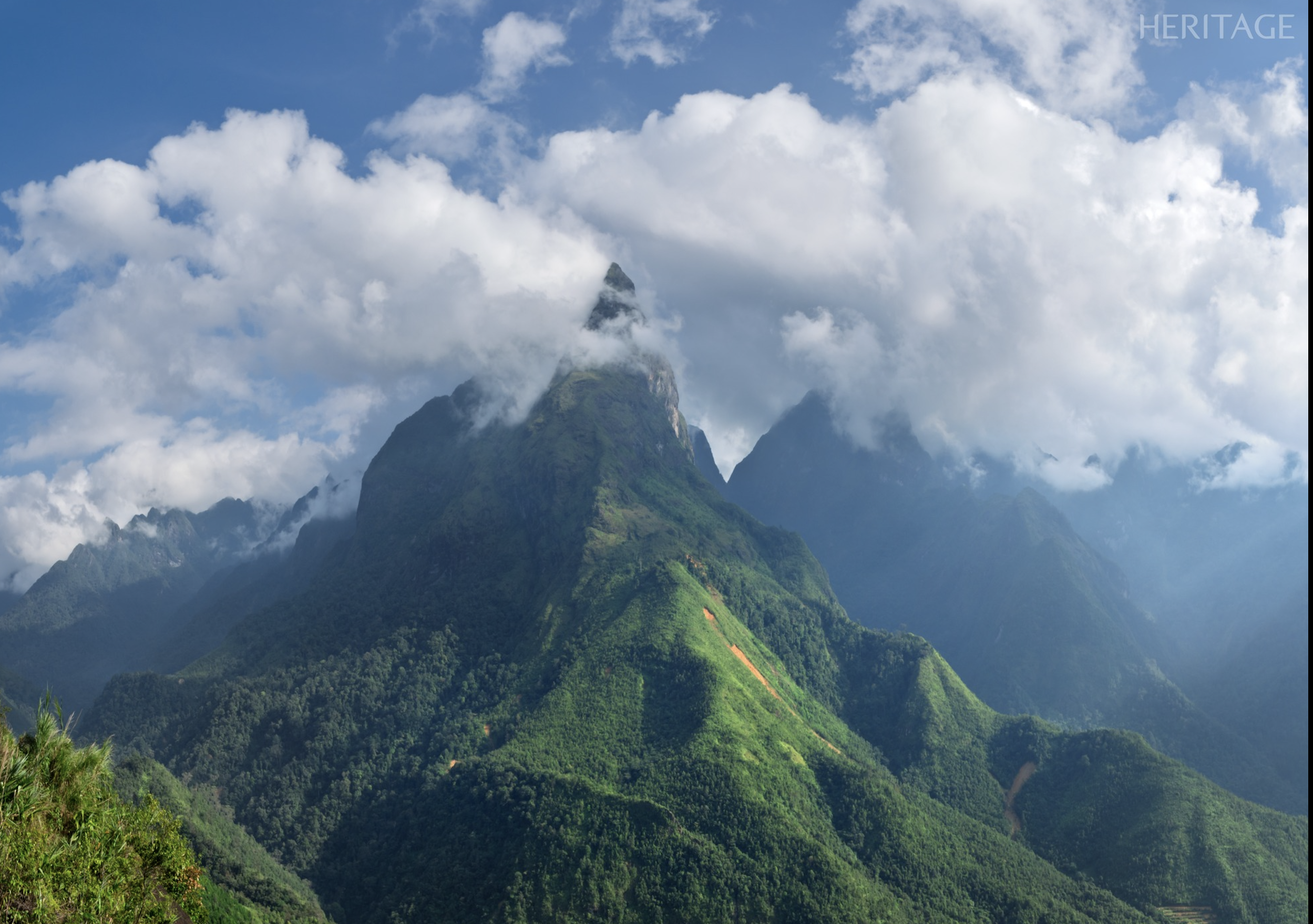







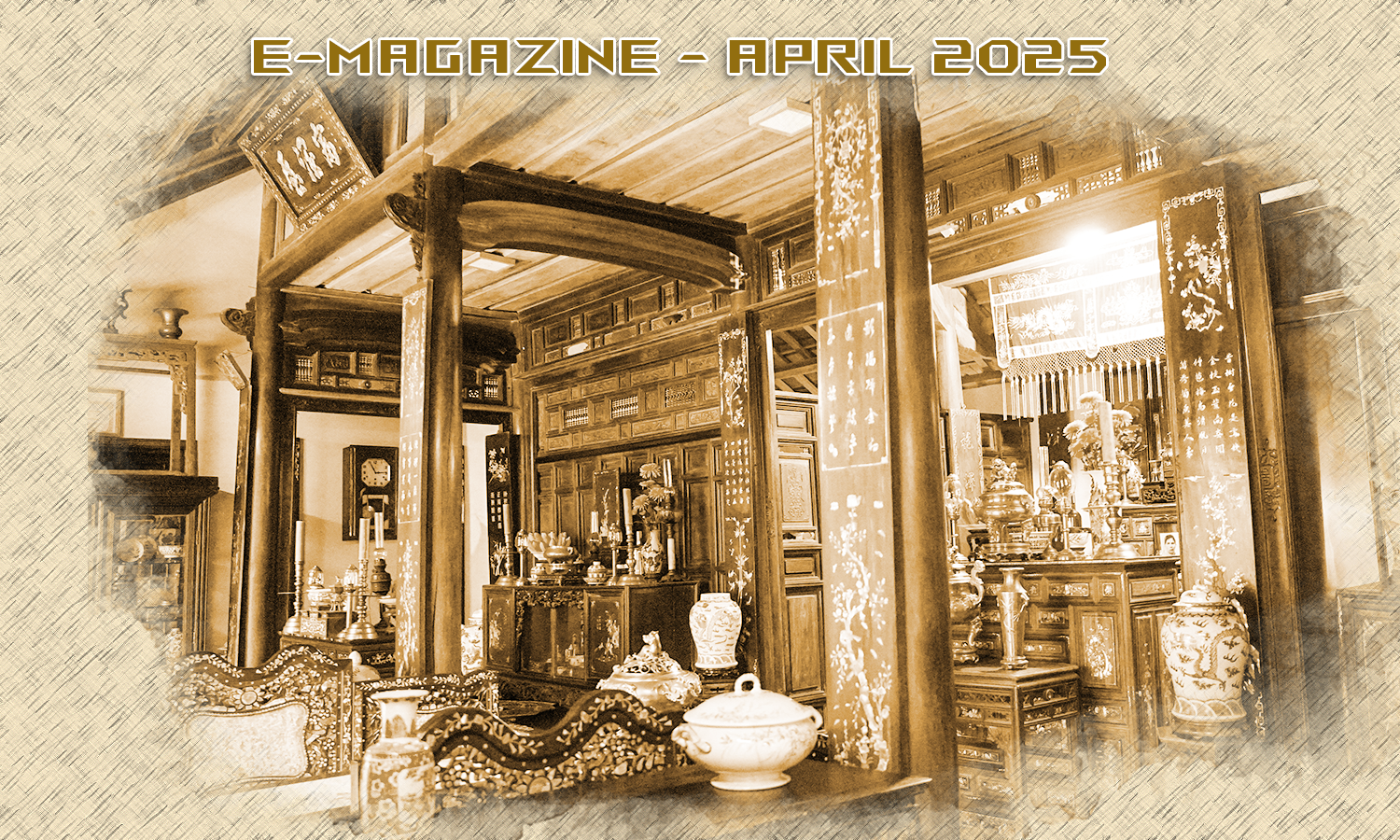




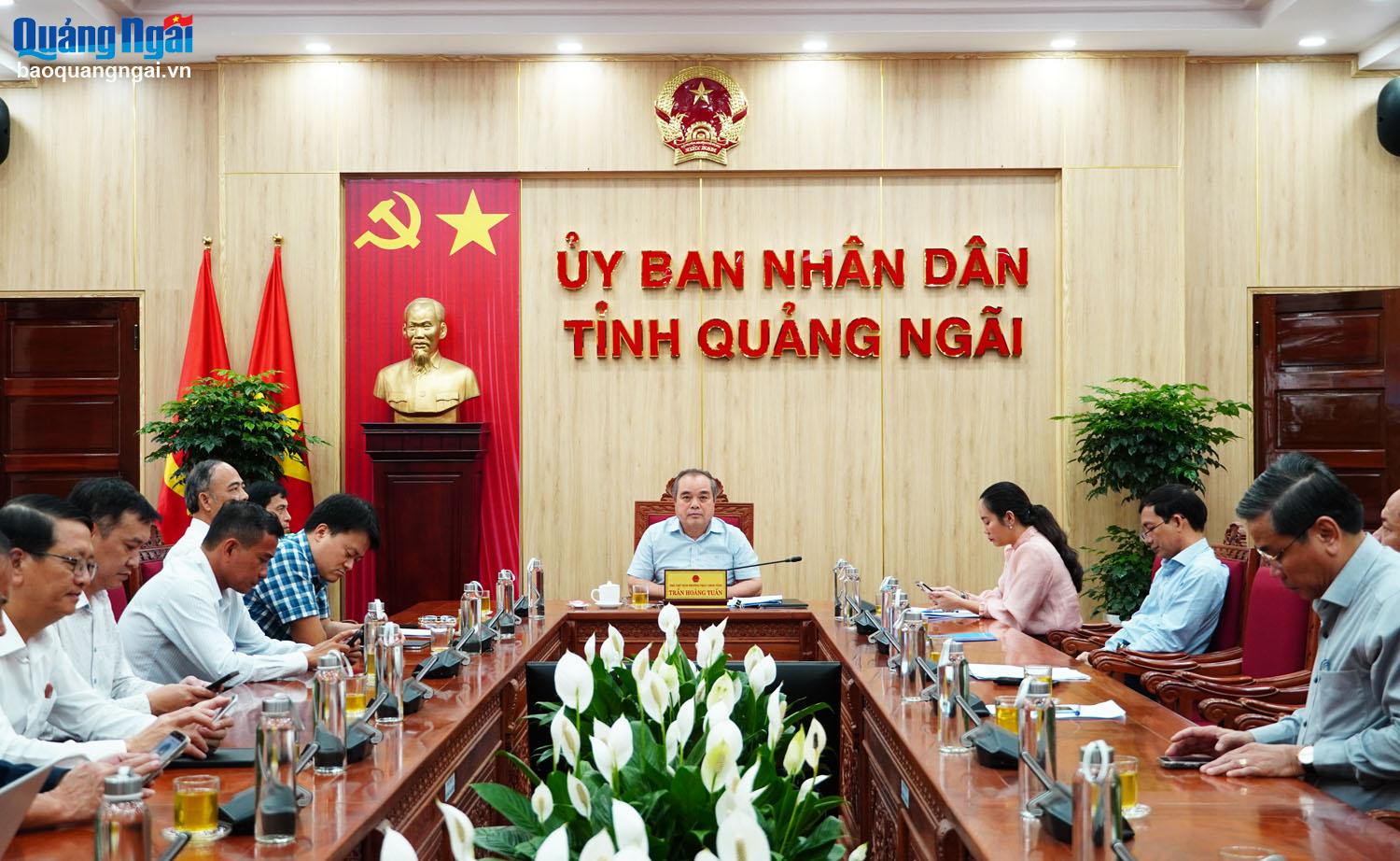




![[Photo] Many advanced technologies gather at Analytica Vietnam 2025](https://vstatic.vietnam.vn/vietnam/resource/IMAGE/2025/4/4/0ef01117275d4d71b2e2a45c215ac2f8)
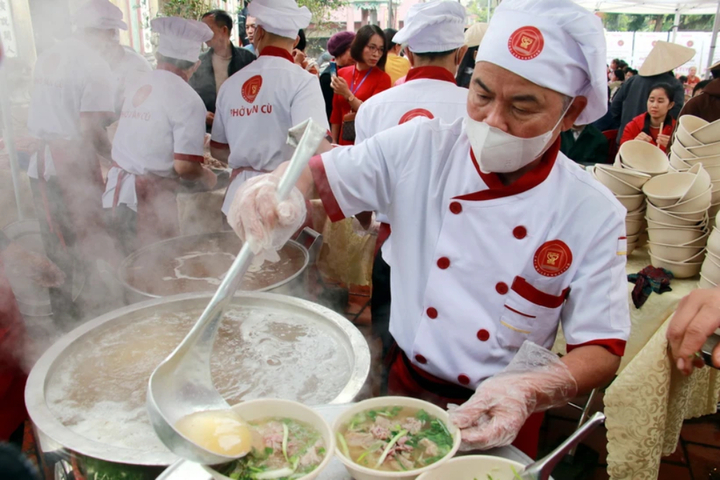

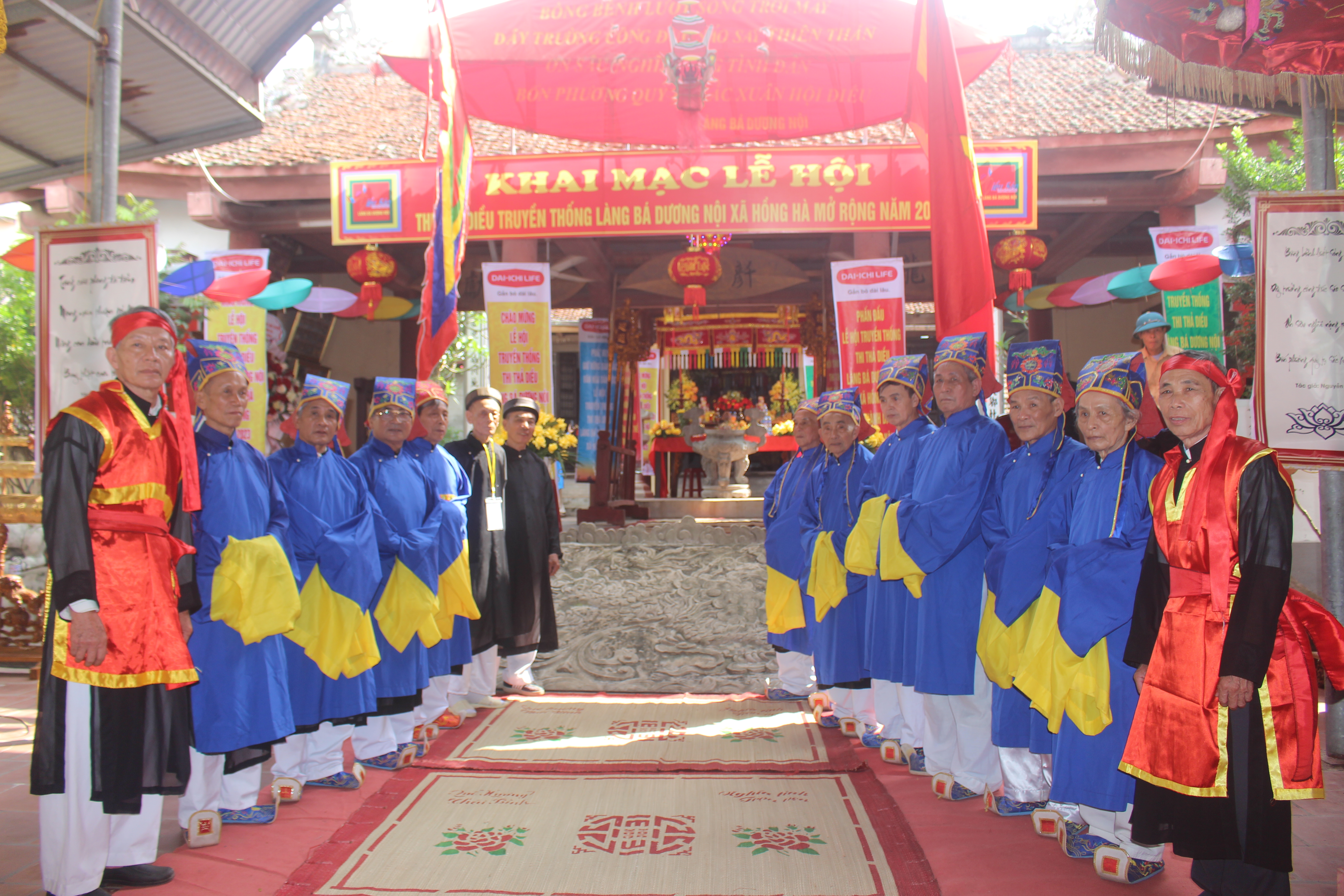

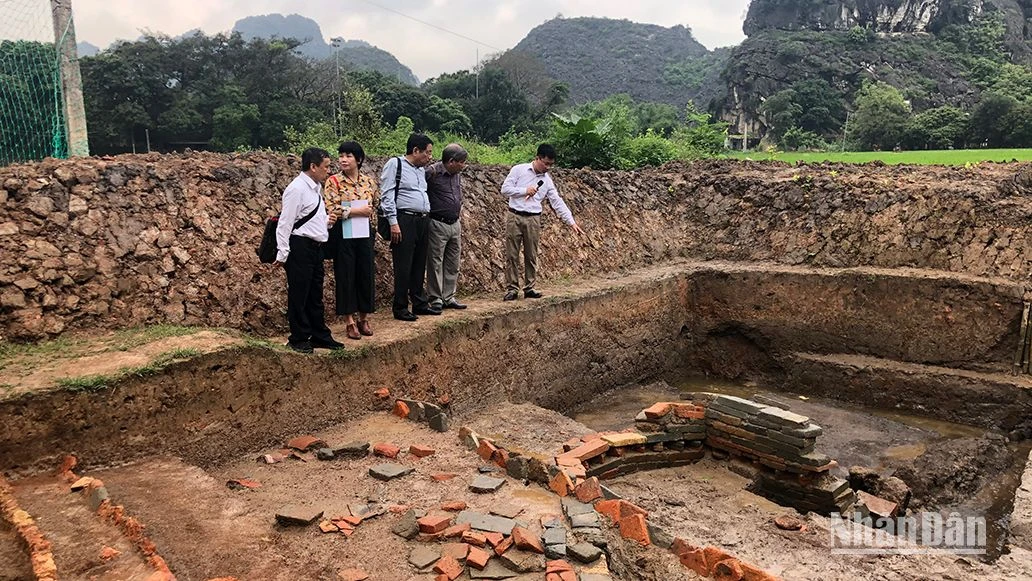

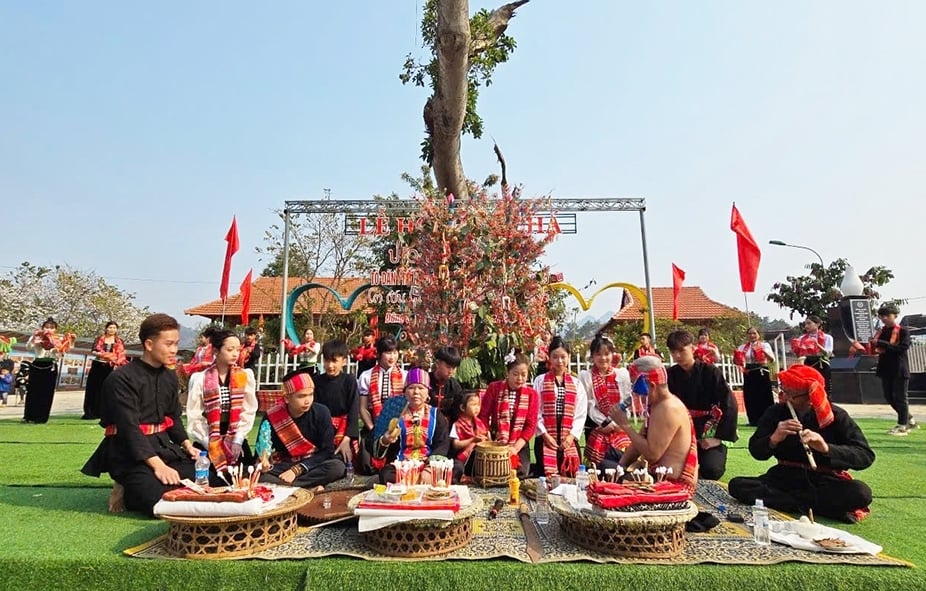

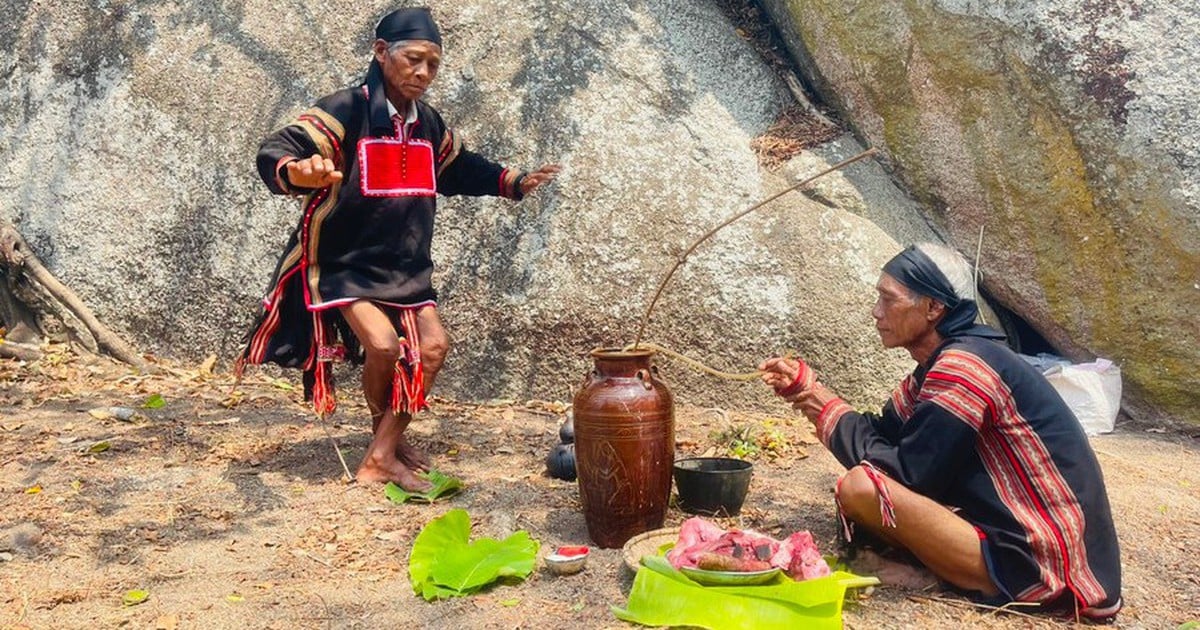



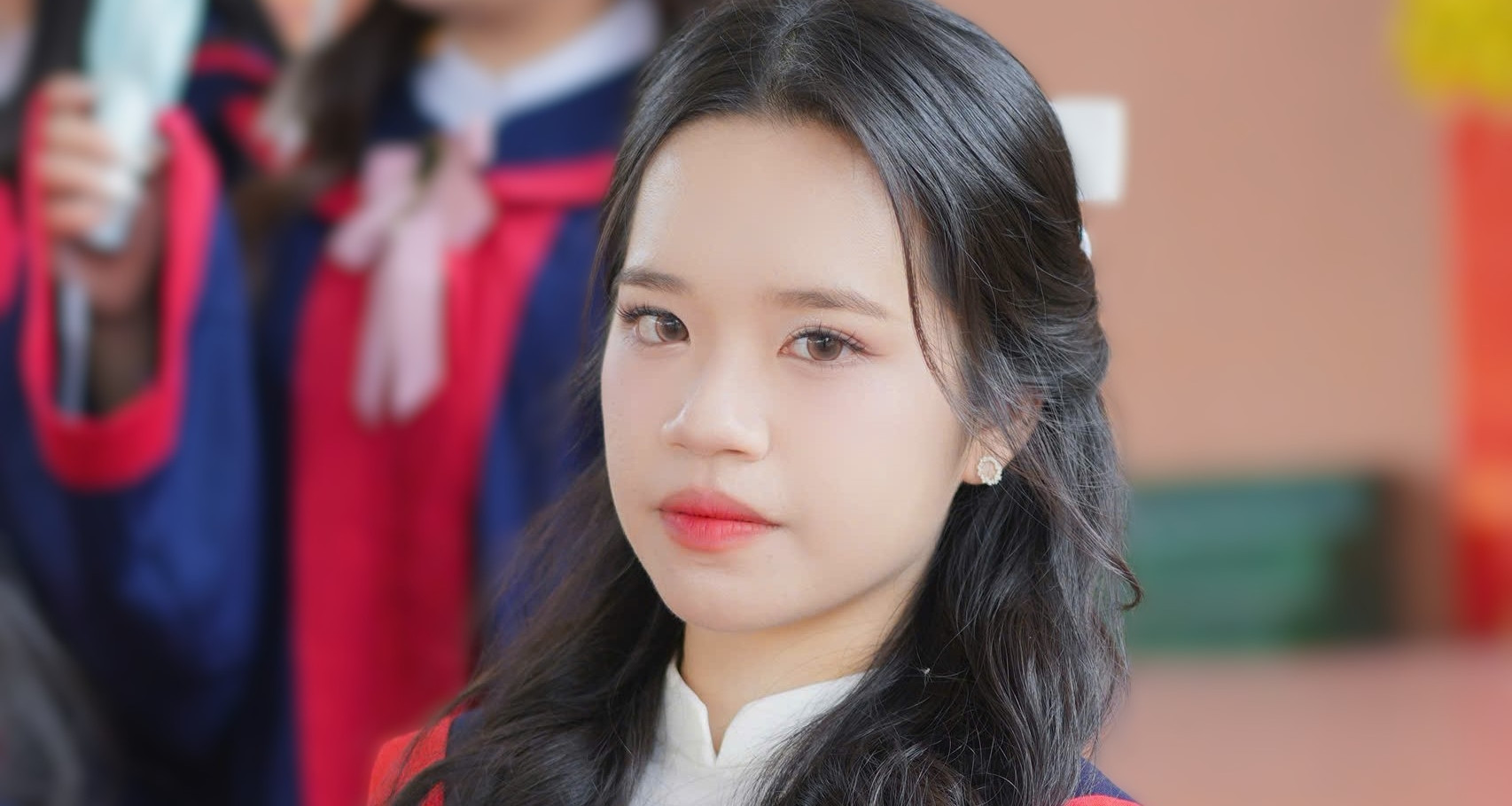








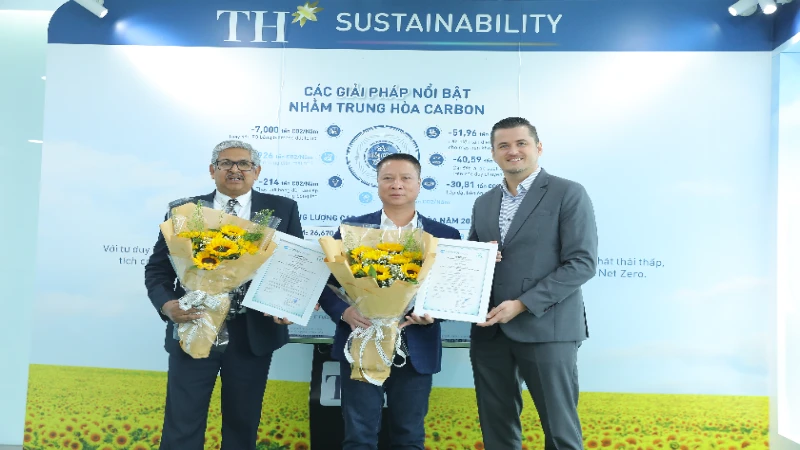
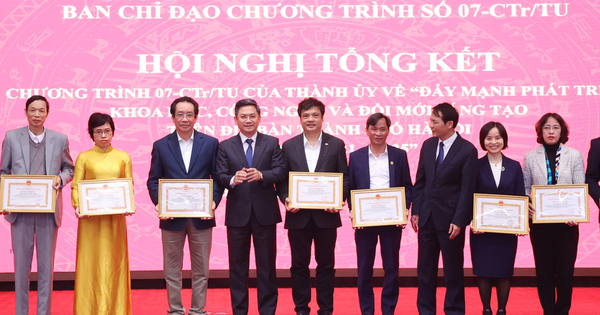


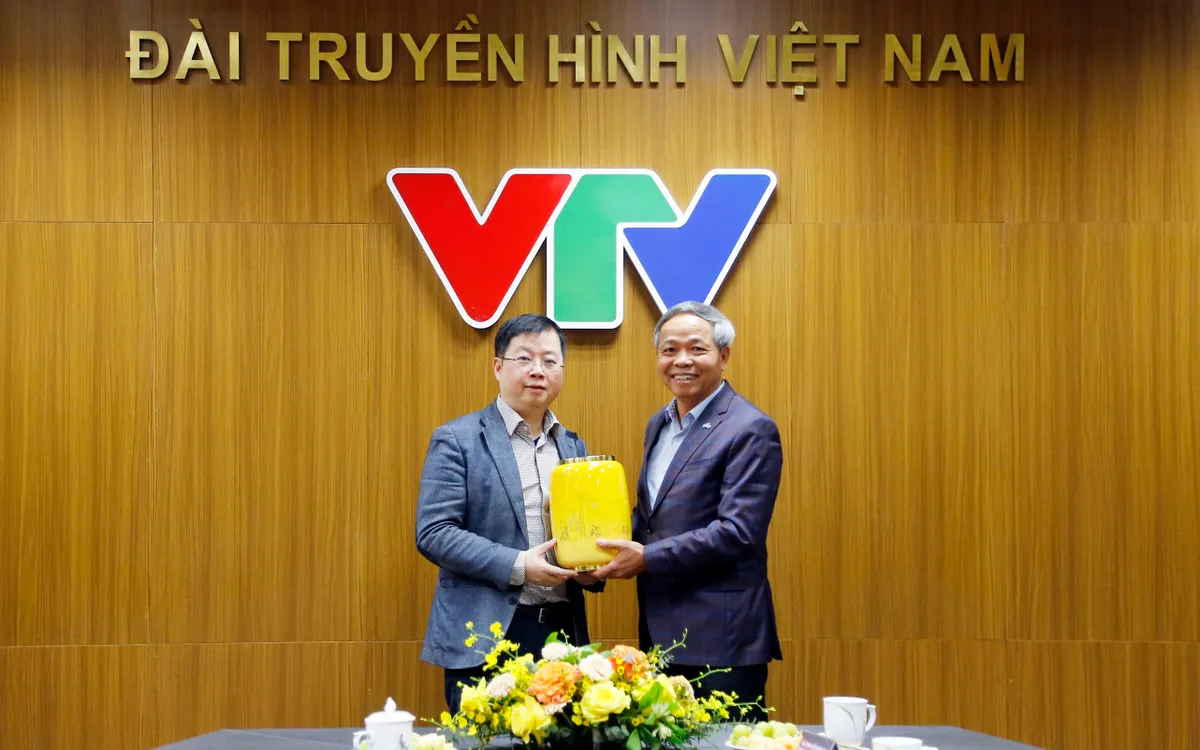

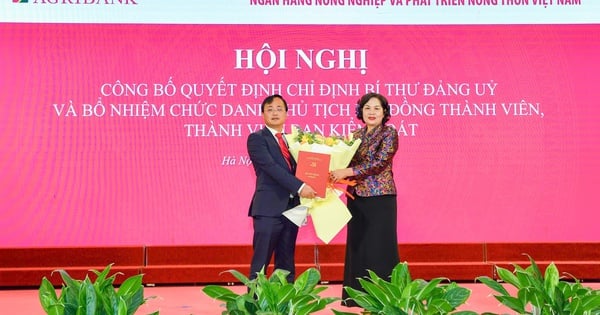

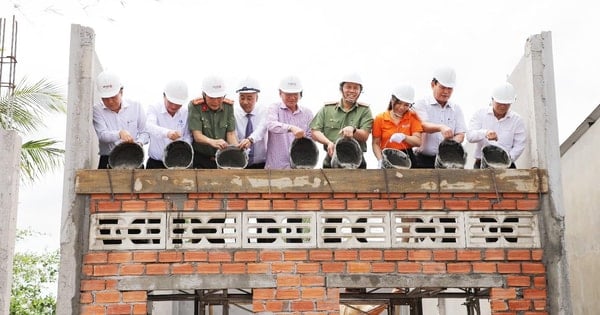





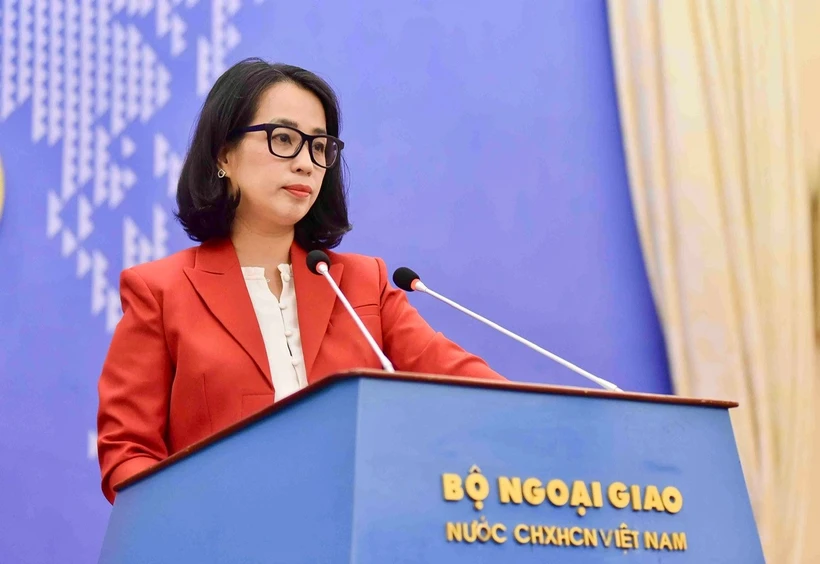

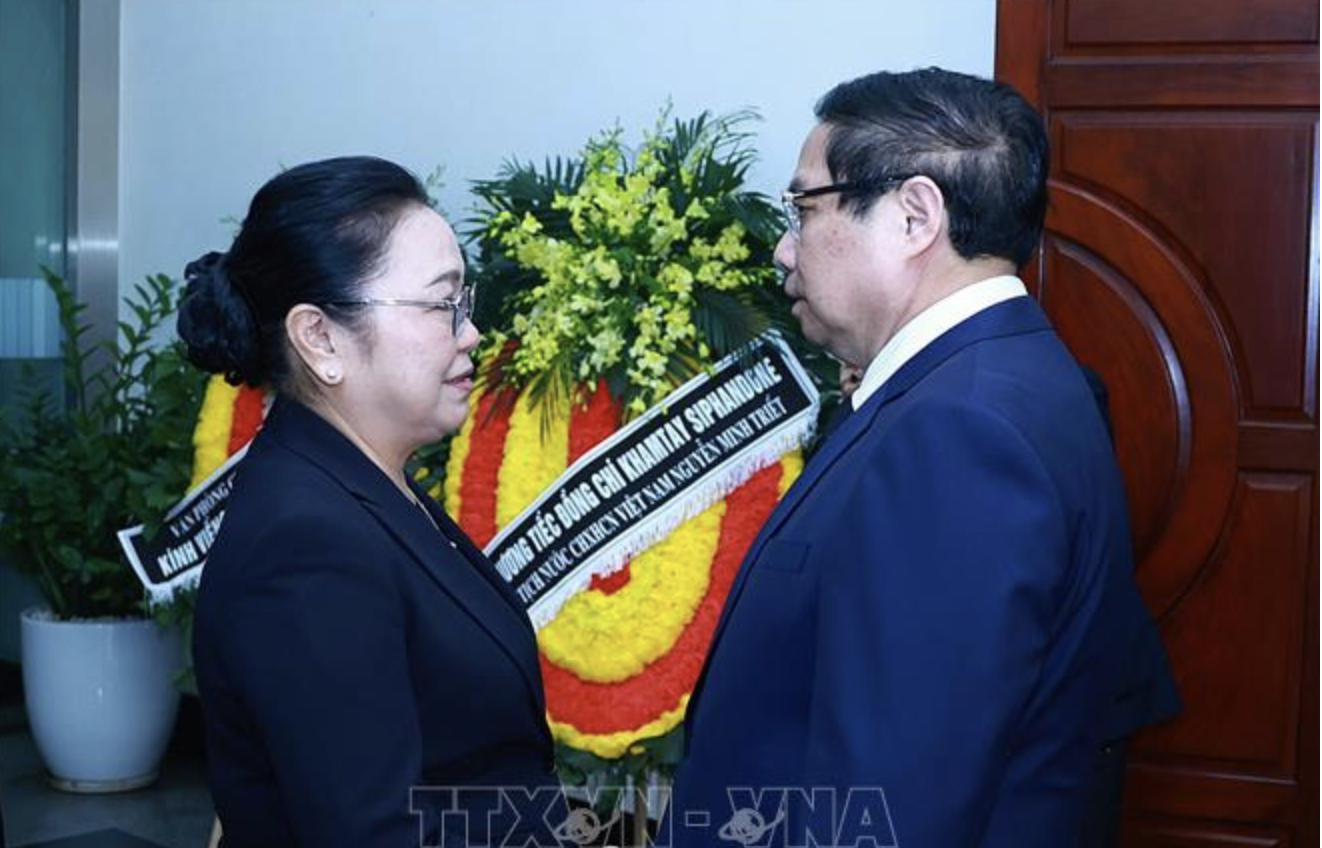

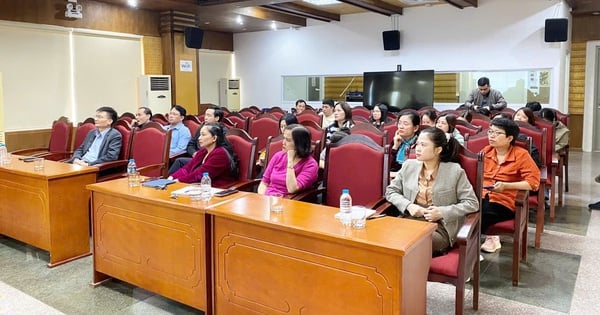







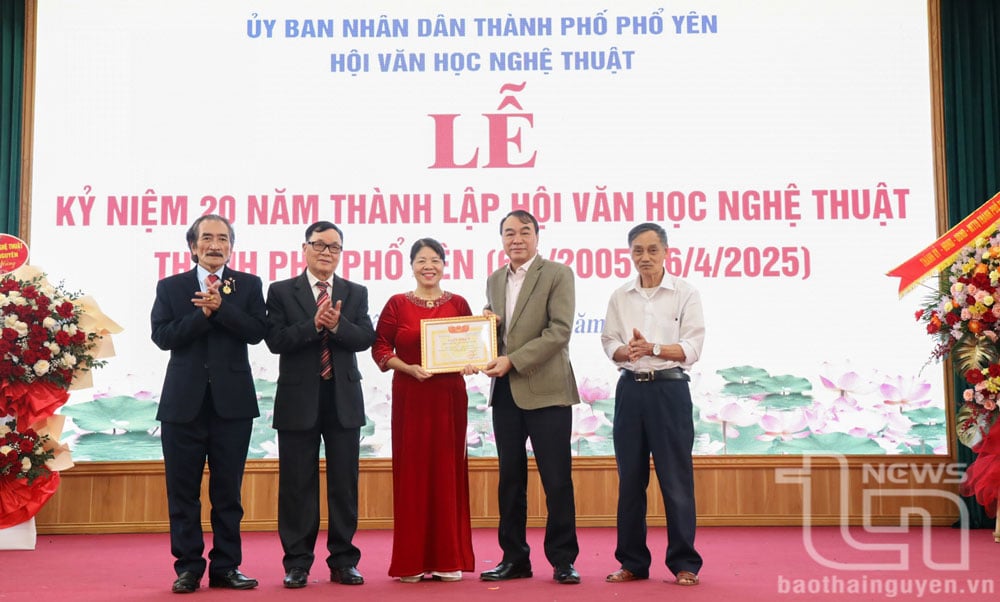

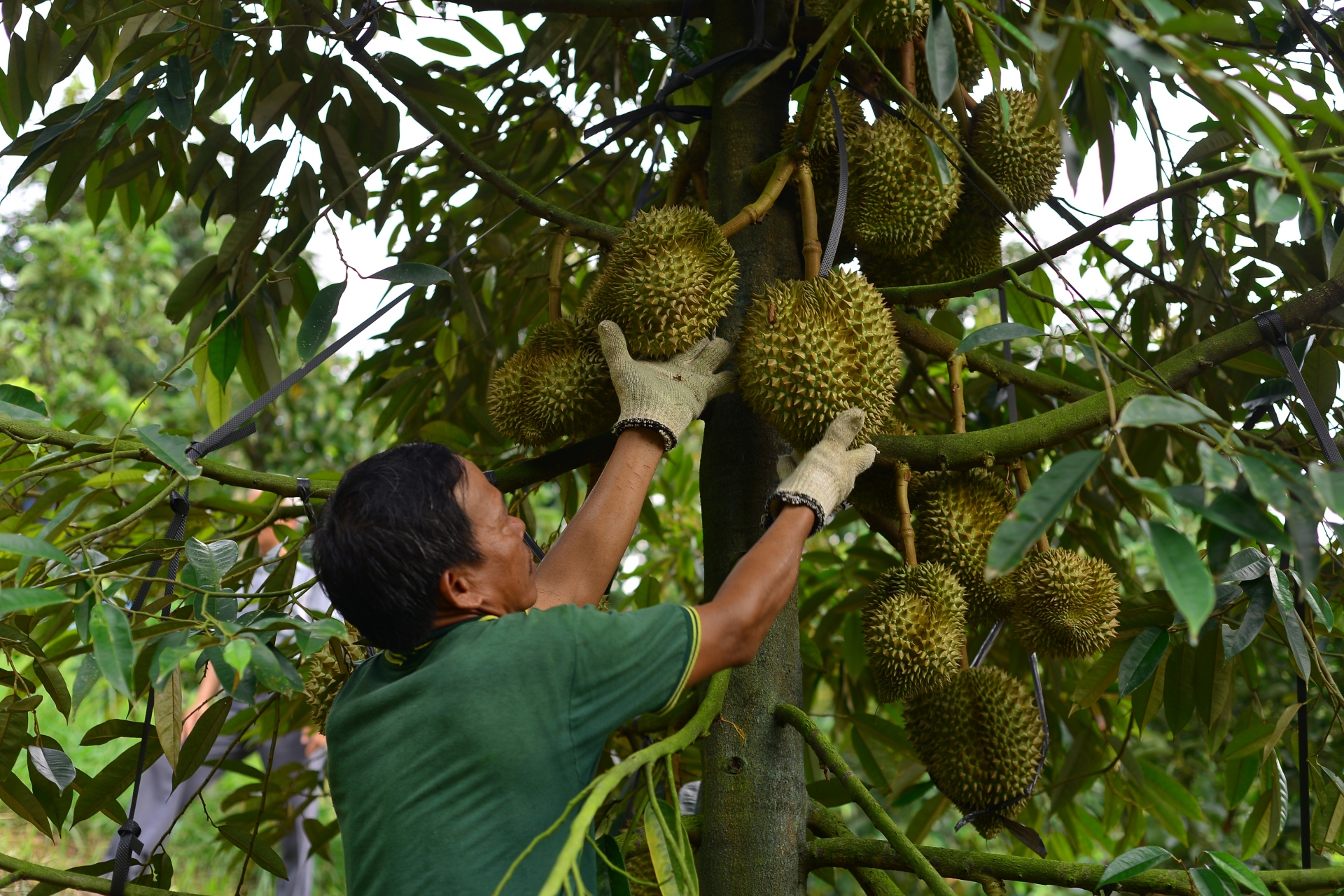






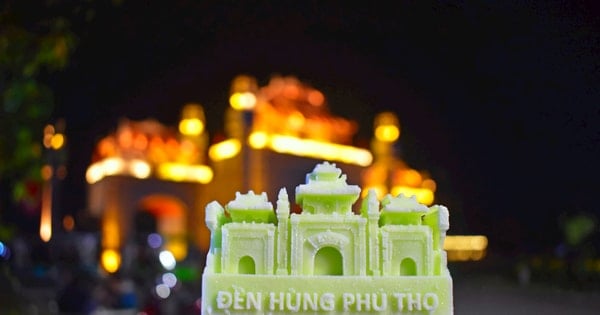





Comment (0)